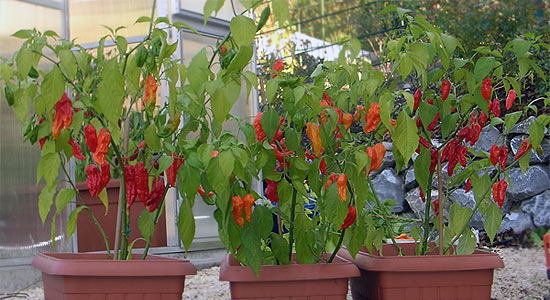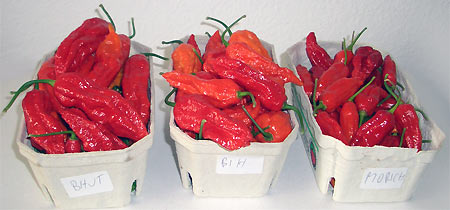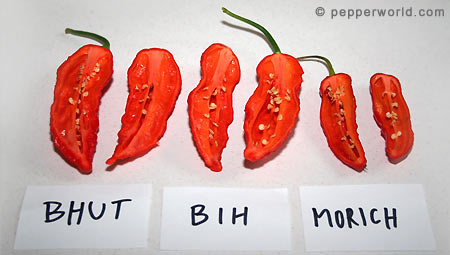So I have some questions about the Bih Jolokia. Is it a Capsicum Frutescenes as some people have said? Also is it an ancestor to the Bhut Jolokia? I am wondering about this.
-
Do you need help identifying a 🌶️?
Is your plant suffering from an unknown issue? 🤧
Then ask in Identification and Diagnosis. -
✅ Expert and friendly hot pepper grow advice.
✅ The latest information on hot pepper varieties.
✅ Reliable seed trading.
✅ Hot sauce recipes and food safety guidance.
✅ Hot sauce business tips for startups.
🌶️ And more!
It's all here, at The Hot Pepper! The Internet's original hot pepper community! Est. 2004.
chinense Bih Jolokia
- Thread starter SpeakPolish
- Start date



